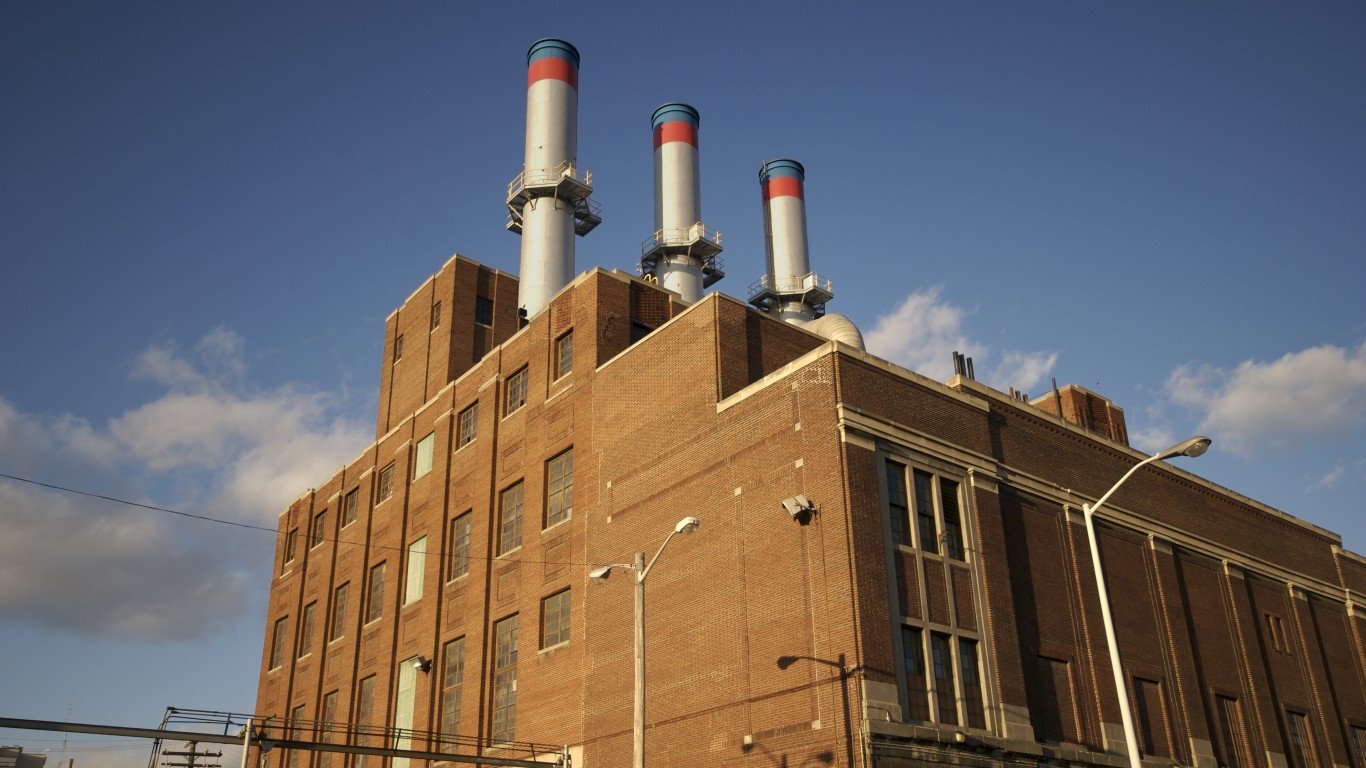

After the Federal Reserve recently announced changes to loosen up its targeting of inflation while keeping interest rates at historic lows, some investors may have worried that inflation was already bubbling up. So far, that just is not being seen. In some ways, the new Fed policy announcement in August may have led the markets and the public into worrying that inflation was about to rise.
The Bureau of Labor Statistics (BLS) has released its Producer Price Index (PPI) for final demand, and there just is not any spike in the inflation report. This begs the question of what the Fed really is worried about.
Headline PPI was up 0.3%, and excluding food and energy, the core PPI reading was up 0.4% in the monthly readings for August. Dow Jones and Econoday had the consensus estimates at 0.2% for both the headline and the core readings.
The annual PPI readings are where the inflationary numbers would show up for the public, and these were benign as well. Headline PPI was down by 0.2% and the core was up 0.6% from August of 2019. The Econoday consensus estimates on the annualized readings were −0.3% for the headline PPI and up 0.3% on the core PPI reading.
According to the BLS report for August, and matching the gain in July, there was a 0.5% increase in the index for final demand services, versus a 0.1% gain in final demand goods. Two-thirds of the gain was also due to a 1.2% gain in margins for final demand trade services, which is measured by changes in margins received by wholesalers and retailers. The BLS further signaled that the indexes for final demand services less trade, transportation and warehousing and for final demand transportation and warehousing services moved up by 0.3% and 0.2%, respectively.
Almost 20% of the gain in prices during August was tied to a 1.1% increase in the margins for machinery, equipment, parts and supplies wholesaling. There were gains for the following components: automobiles and automobile parts retailing; truck transportation of freight; food retailing; portfolio management; and securities brokerage, dealing, investment advice and related services.
Lower prices for final demand were led by a decline of 4.5% in margins for chemicals and allied products wholesaling. The indexes for airline passenger services and investment banking were also lower.
While the BLS reported other metrics by sector, the reality is that this report just is not signaling any deep inflation at the producer level. Prices at the production level tend to act as a lead for prices at the consumer level, and that combined with West Texas Intermediate crude at close to $38 per barrel should signal that prices, at least for now, are not signaling any explosive warnings.
The public always has seemed to have worries about inflation. With the Fed trying to talk up inflation, and based on stimulative and quantitative easing actions into this recession and the Great Recession a decade ago, it seems that the real worry continues to be about staving off deflation.
Smart Investors Are Quietly Loading Up on These “Dividend Legends” (Sponsored)
If you want your portfolio to pay you cash like clockwork, it’s time to stop blindly following conventional wisdom like relying on Dividend Aristocrats. There’s a better option, and we want to show you. We’re offering a brand-new report on 2 stocks we believe offer the rare combination of a high dividend yield and significant stock appreciation upside. If you’re tired of feeling one step behind in this market, this free report is a must-read for you.
Click here to download your FREE copy of “2 Dividend Legends to Hold Forever” and start improving your portfolio today.
Thank you for reading! Have some feedback for us?
Contact the 24/7 Wall St. editorial team.



